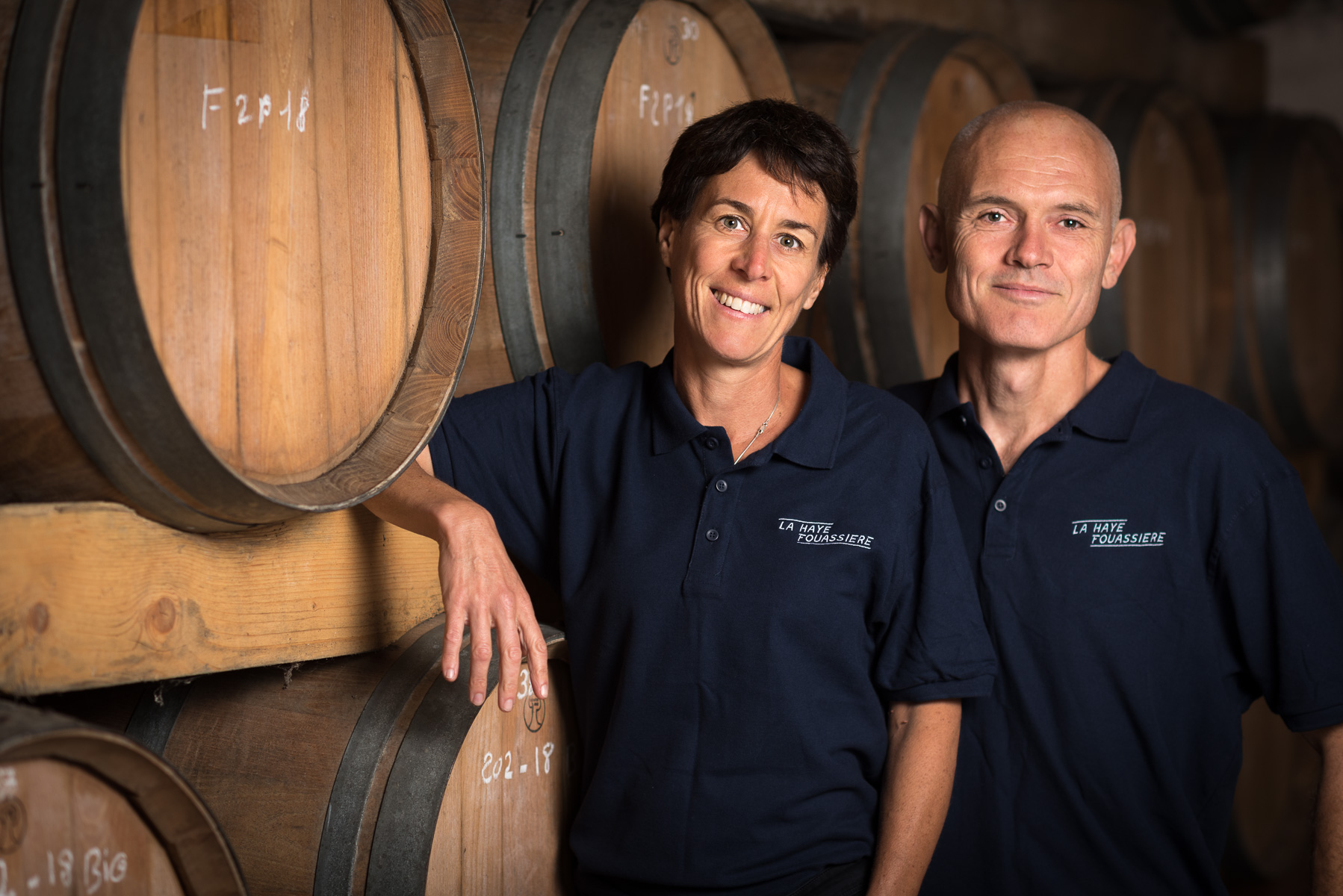
Domaine Les Trois Toits
Cécile Perraud et Vincent Barbier
51 rue du Champ de Pie
44120 Vertou
: 07 72 09 19 07
: 06 35 37 76 63
: contact@lestroistoits.com
: www.lestroistoits.com
Site des vignerons de la Haye Fouassiere au sud de Nantes, production de Muscadet
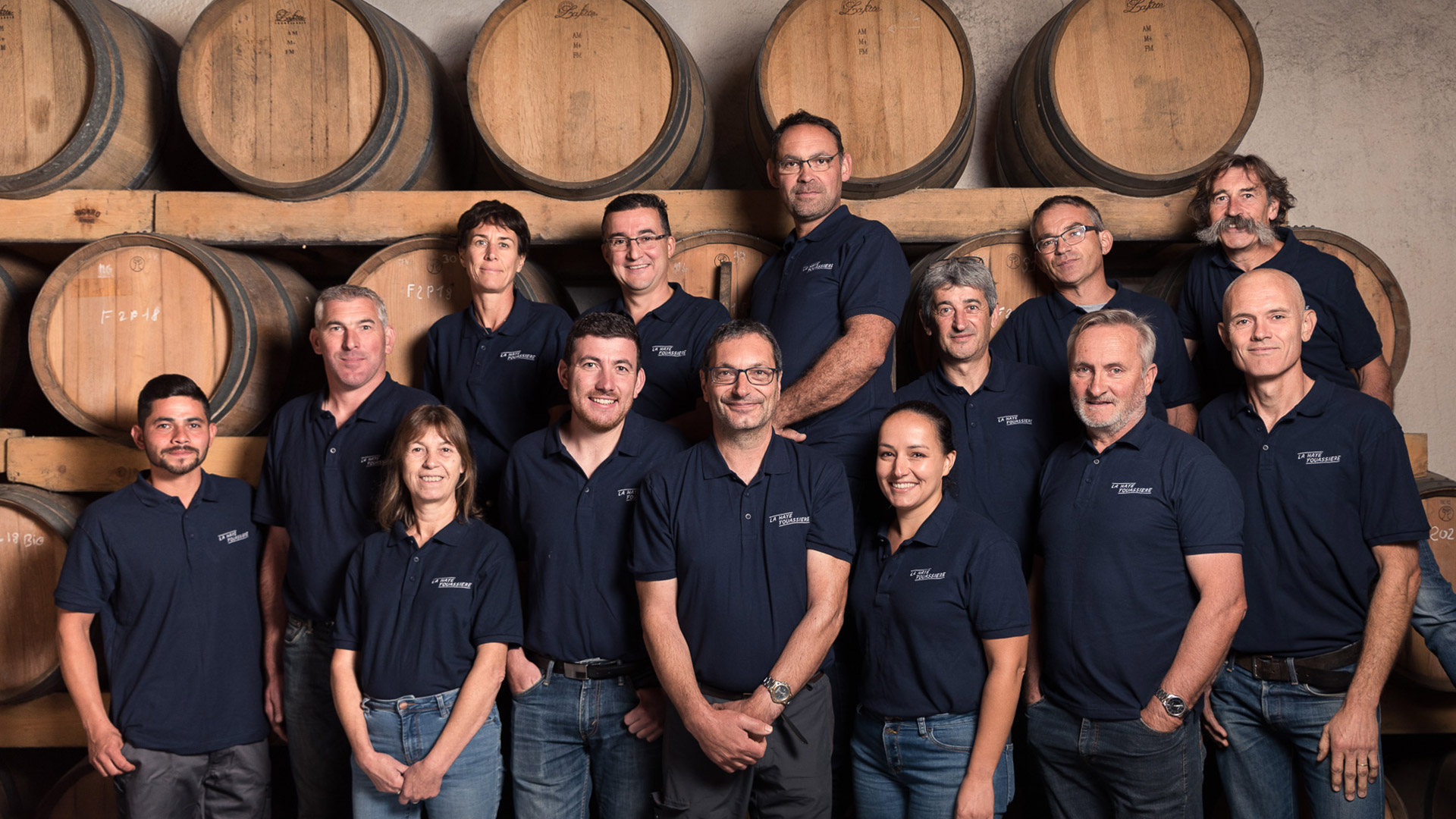

Vineyards that have such diverse terroirs as those of the Muscadet vineyard, made sublime by a unique grape variety, the Melon de Bourgogne are rare.
We owe this difference to the shape of the Armorican mountain range, dating back to the primary area (former mountain range 450 million years old), on which the Muscadet is located, shaped over the centuries by the climate and the geology, today creating diverse soils, subsoils and hills.
Wine-growers decided to shine a light on it by meticulously demarcating each terroir. This collective approach which began 20 years ago allowed ten terroirs to be chosen which today form the Muscadet wines!
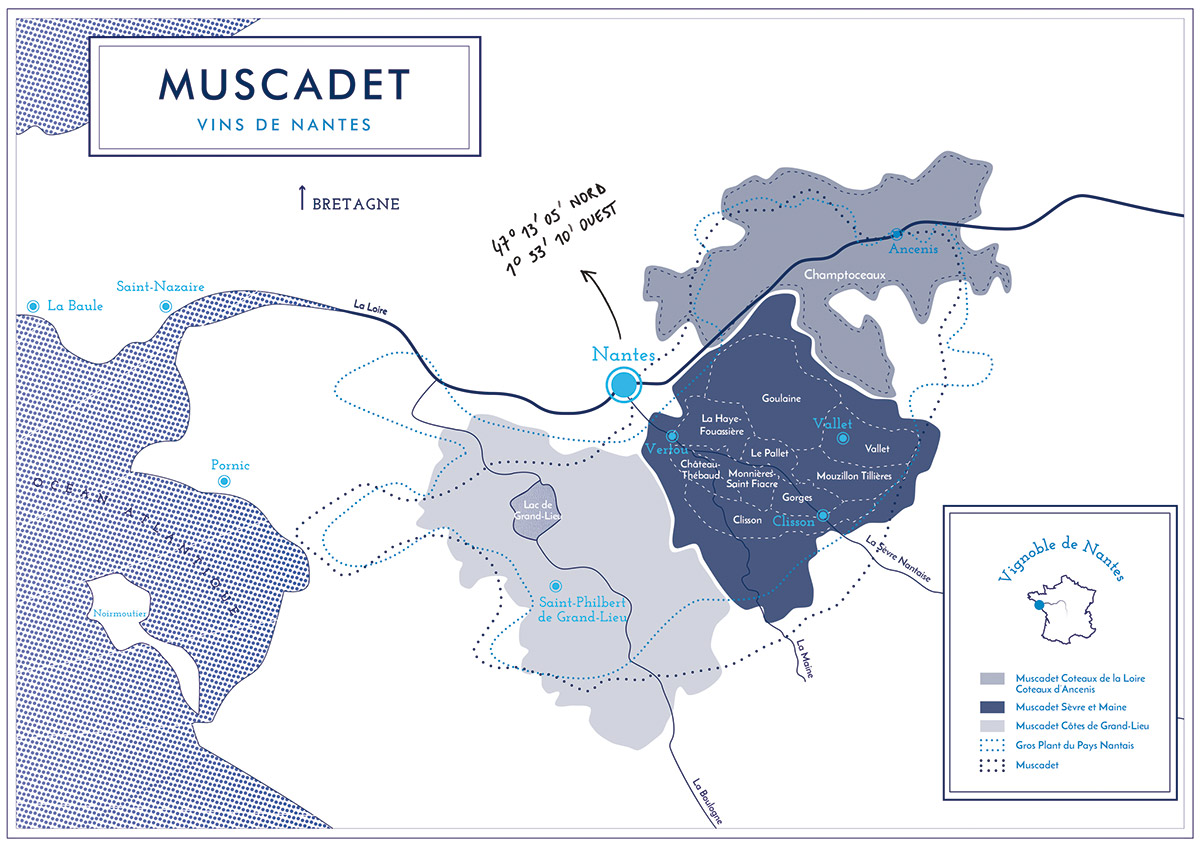
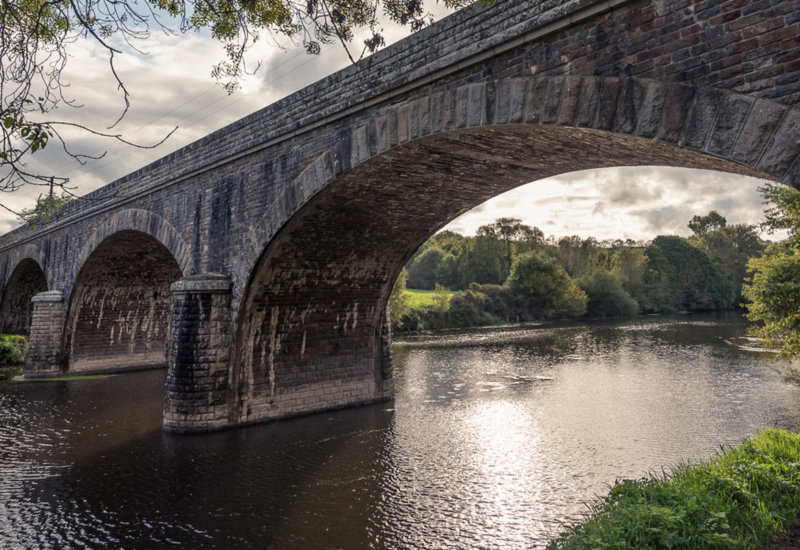
Legend has it that Saint Martin founded an abbey in Vertou in the 6th century and planted the first vine stock of the Muscadet vineyard!
It wasn’t before 1926, at the instigation of eight wine-growers from La Haye-Foussière, that the “Muscadet Grand Cru de Sèvre et Maine” appellation would appear. Recognised by the INAO (French organisation charged with regulating French agricultural products with) in 1936, the Melon de Bourgogne is the unique vine variety recognised for producing Muscadet.
At the outset the vineyard took root in the municipalities of Vertou and La Haye-Fouassière, genuine birthplace of Muscadet Sèvre et Maine.
Situated south of Nantes, at the gateway of the Muscadet Sèvre et Maine vineyard, the La Haye-Fouassière vintage has the West-most position of the Sèvre et Maine wines. It groups together the La Haye Fouassière and Vertou vines.
Its terroir is characterised by not very deep siliceous, stony soils, sloping along the hills of the Sèvre river.
The subsoil is made up of metamorphic rock of mainly orthogneiss.
It is on the vine that the development of an excellent vintage begins, once the plots chosen, the yields are limited (45hl/ha), work on the soil is favoured in order to boost the life of the soil as well as enhance the expression of the terroir.
The birth of a great wine then continues in the cellar, after the alcohol fermentation, the yeasts (that transform the sugar into alcohol) are slowly deposited at the bottom of the vat to create Sediments. An essential element to develop a great La Haye Fouassière vintage. Effectively the wines will remain in these for many months to gain complexity and reveal all their potential.
As the grapes ripen early on the terroir of the La Haye-Fouassière vintage, the wines will express themselves more quickly than other vintages; the minimum maturing time will be 18 months on sediments then 6 months in a bottle before being marketed.
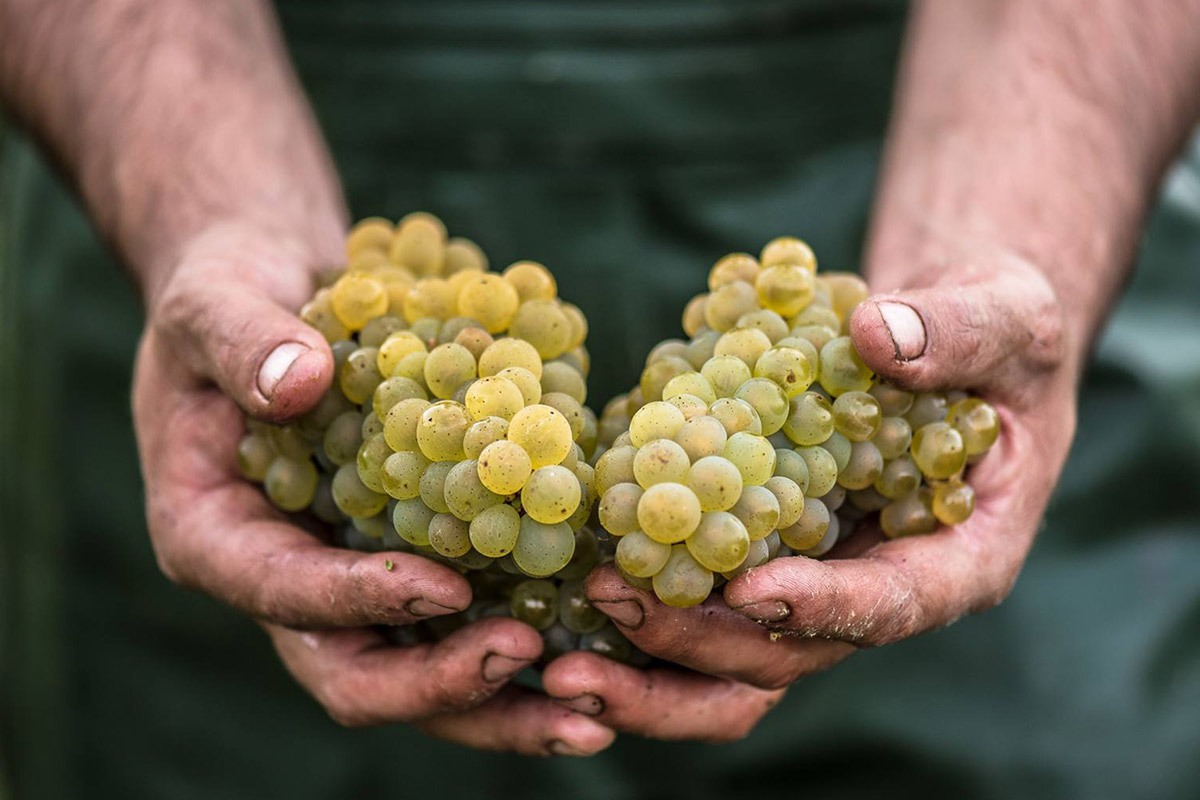
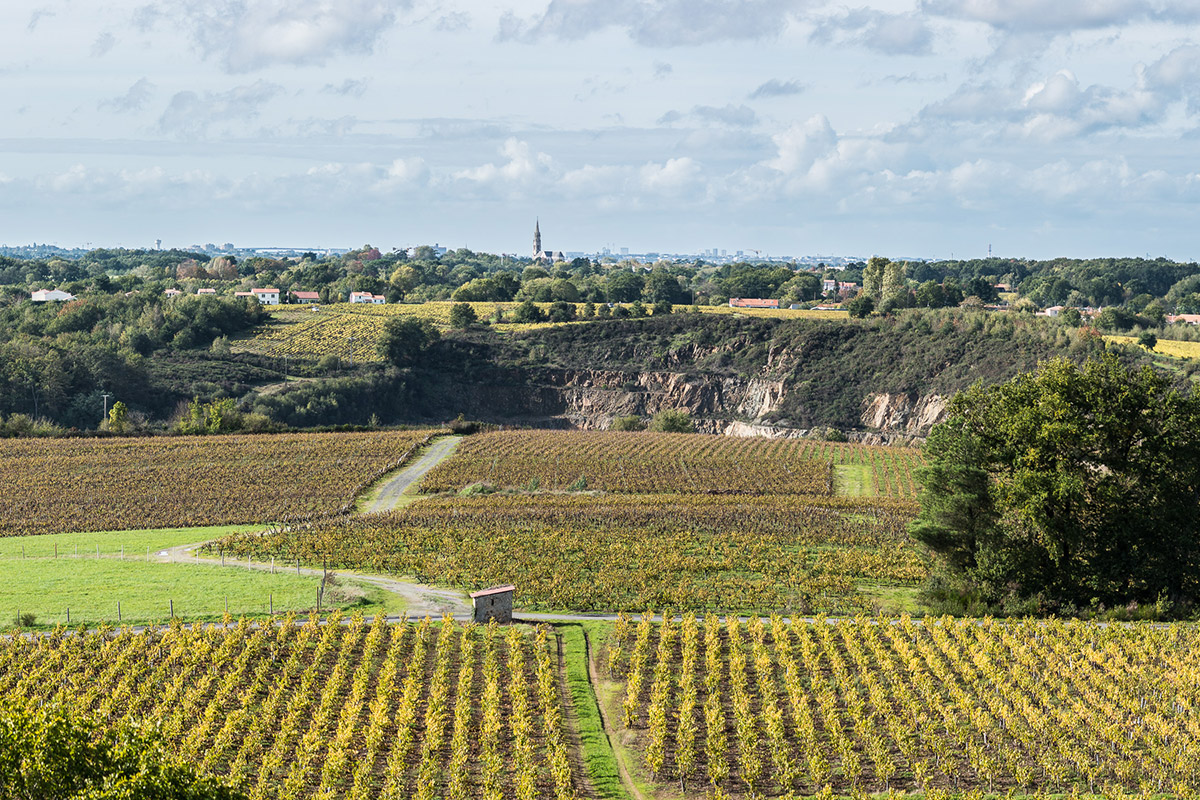
The La Haye-Fouassière muscadet vintages are both taut and elegant. The bouquet evokes flavours of ripe citrus fruits sometimes almost crystallised, notes of pineapple and yellow peach, the expressive feel in the mouth is both structured and full-bodied. It reveals a mineral stony, smoked character with a fresh finish with minty notes.
The La Haye-Fouassière muscadet vintages present an ageing potential of 10 years and will delight Great white wine lovers.
They go wonderfully well with haute cuisine notably high-quality fish, white meats, cheeses.

Cécile Perraud et Vincent Barbier
51 rue du Champ de Pie
44120 Vertou
: 07 72 09 19 07
: 06 35 37 76 63
: contact@lestroistoits.com
: www.lestroistoits.com
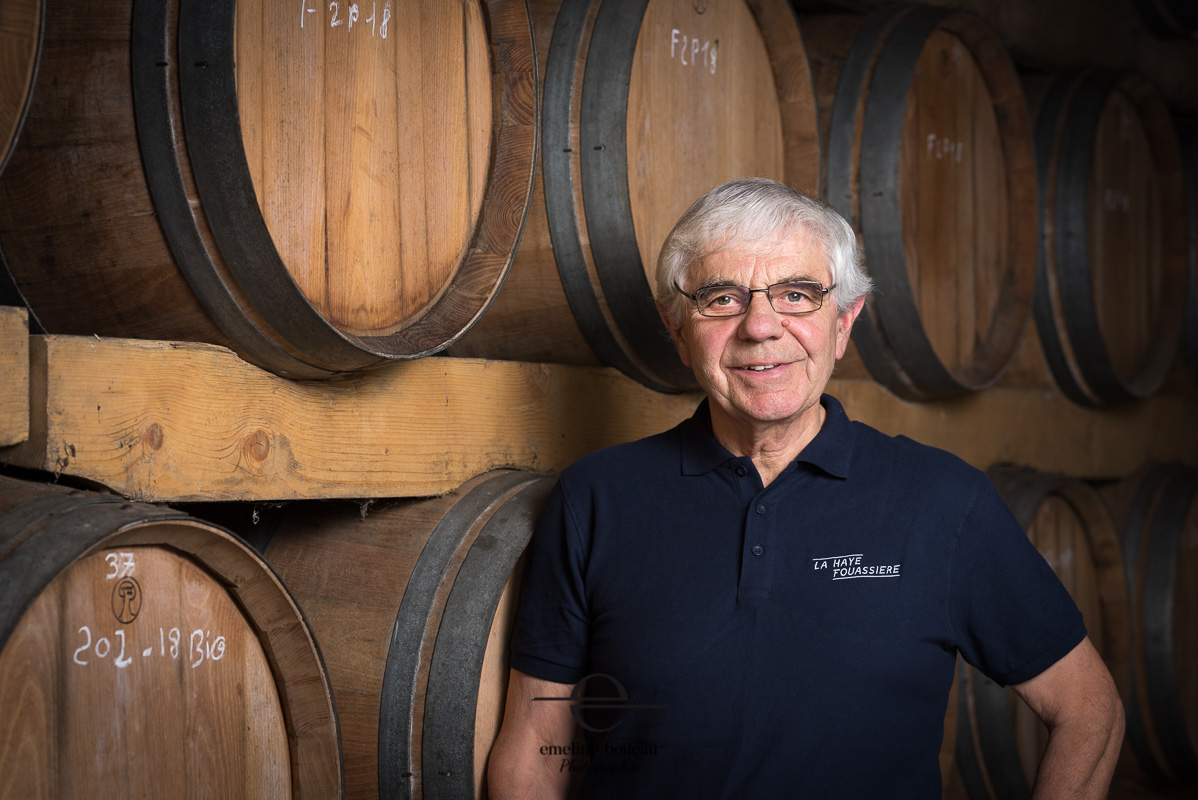
Futeul Daniel et Michel
Château de la Mercredière
44330 Le Pallet
: 02 40 54 80 10
: 09 52 54 89 79
: michel.futeul@laposte.net
: www.lamercrediere.com
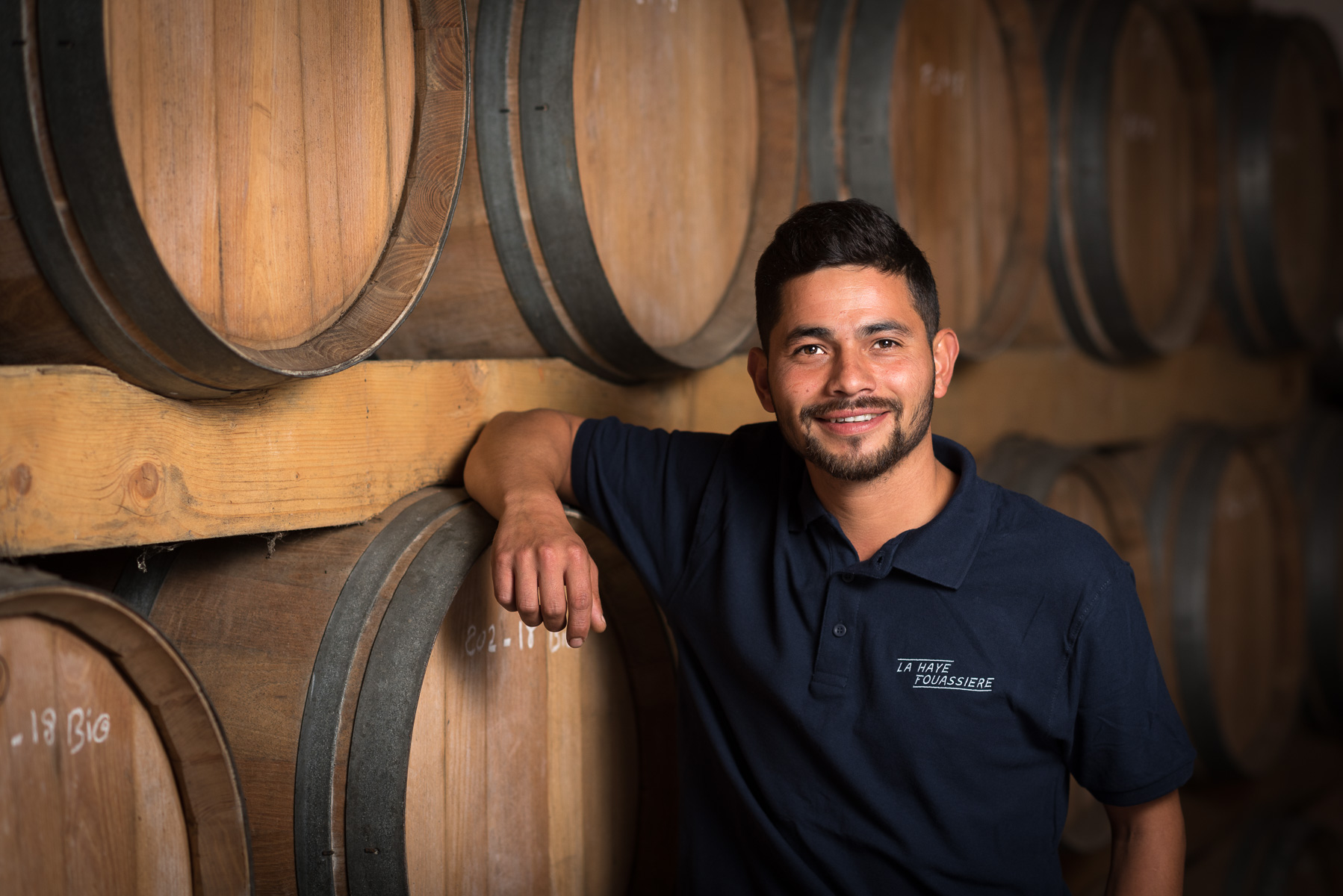
Vicet Erwan
13 rue du Paradis
44690 La Haie-Fouassière
: 09 86 16 54 57
: earl.vicet.erwan@gmail.com
: www.domaineduparadis.com
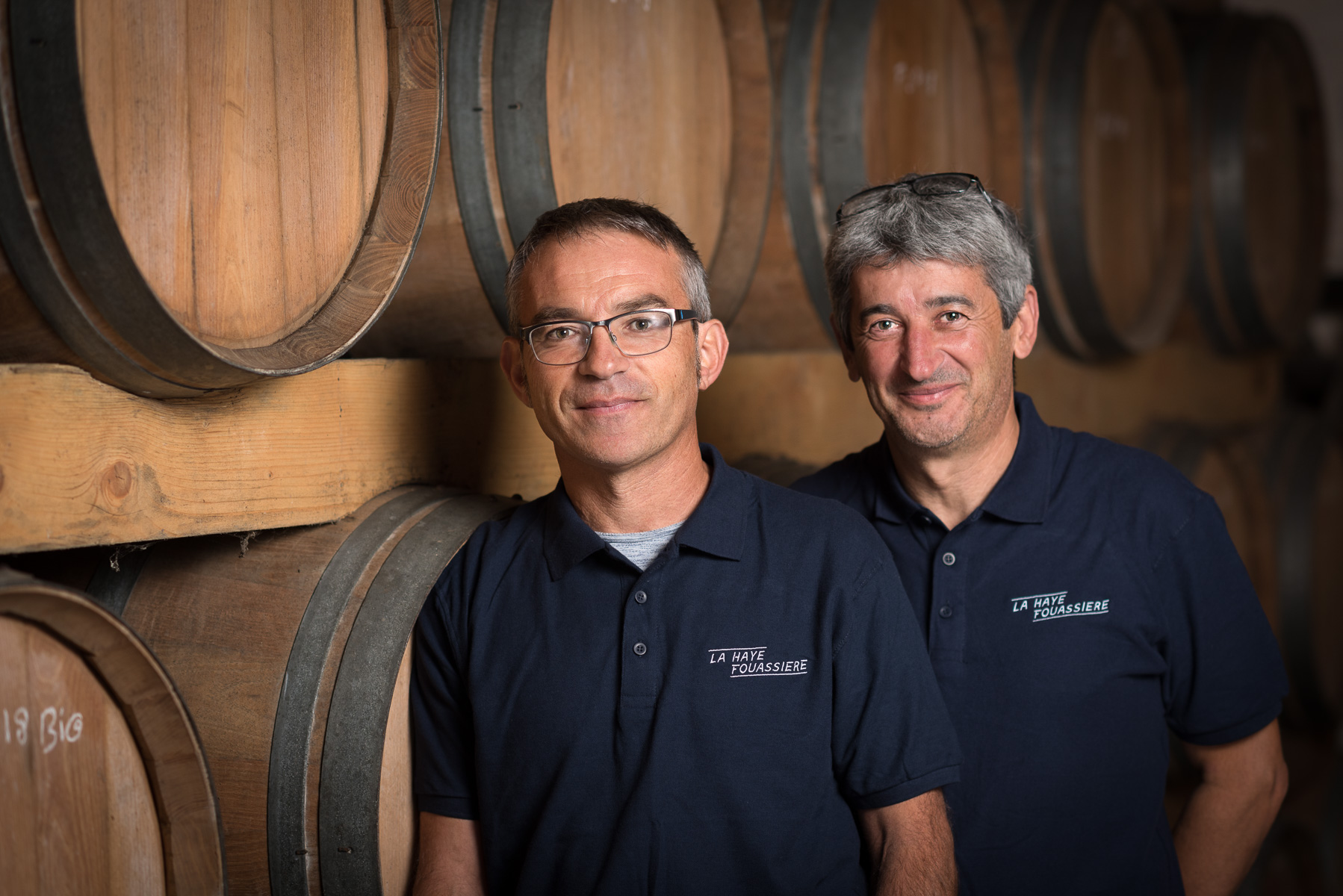
Denis Brosseau et Eric Vincent
35 rue de la Fontaine
44690 La Haye-Fouassière
: 02 40 36 92 28
: foliette @orange.fr
: domaine-foliette.com
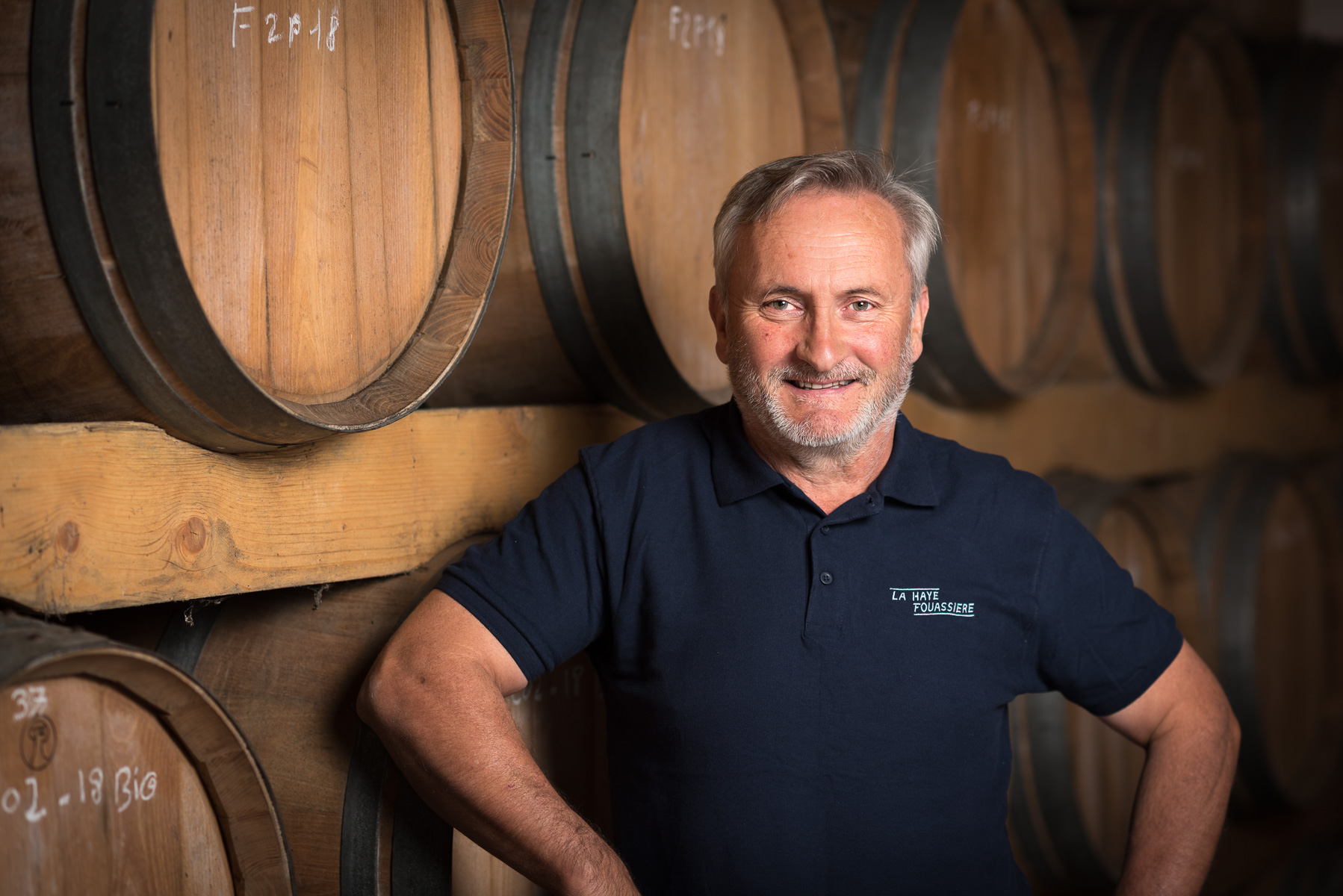
Laurence et Gérard Vinet
la Quilla
44690 La Haye Fouassière
: 02 40 54 88 96
: contact@domaines-vinet.com
: www.domaines-vinet.com
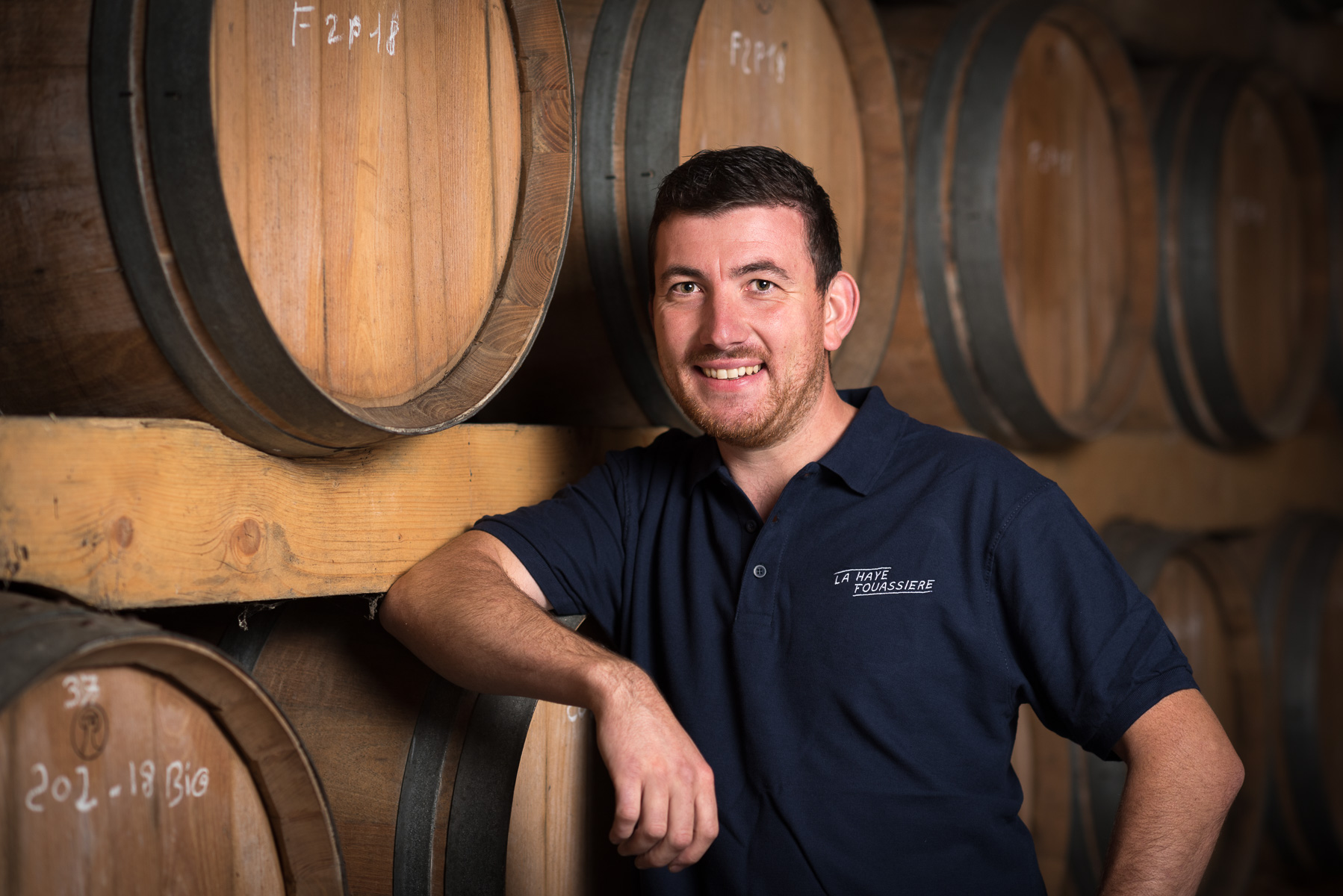
Edith, Pierrick et Clément Albert
20, rue des Ouches
44120 Vertou
: 02 40 34 81 27
: contact@domaine-du-bourgeais.com
: www.domaine-du-bourgeais.com
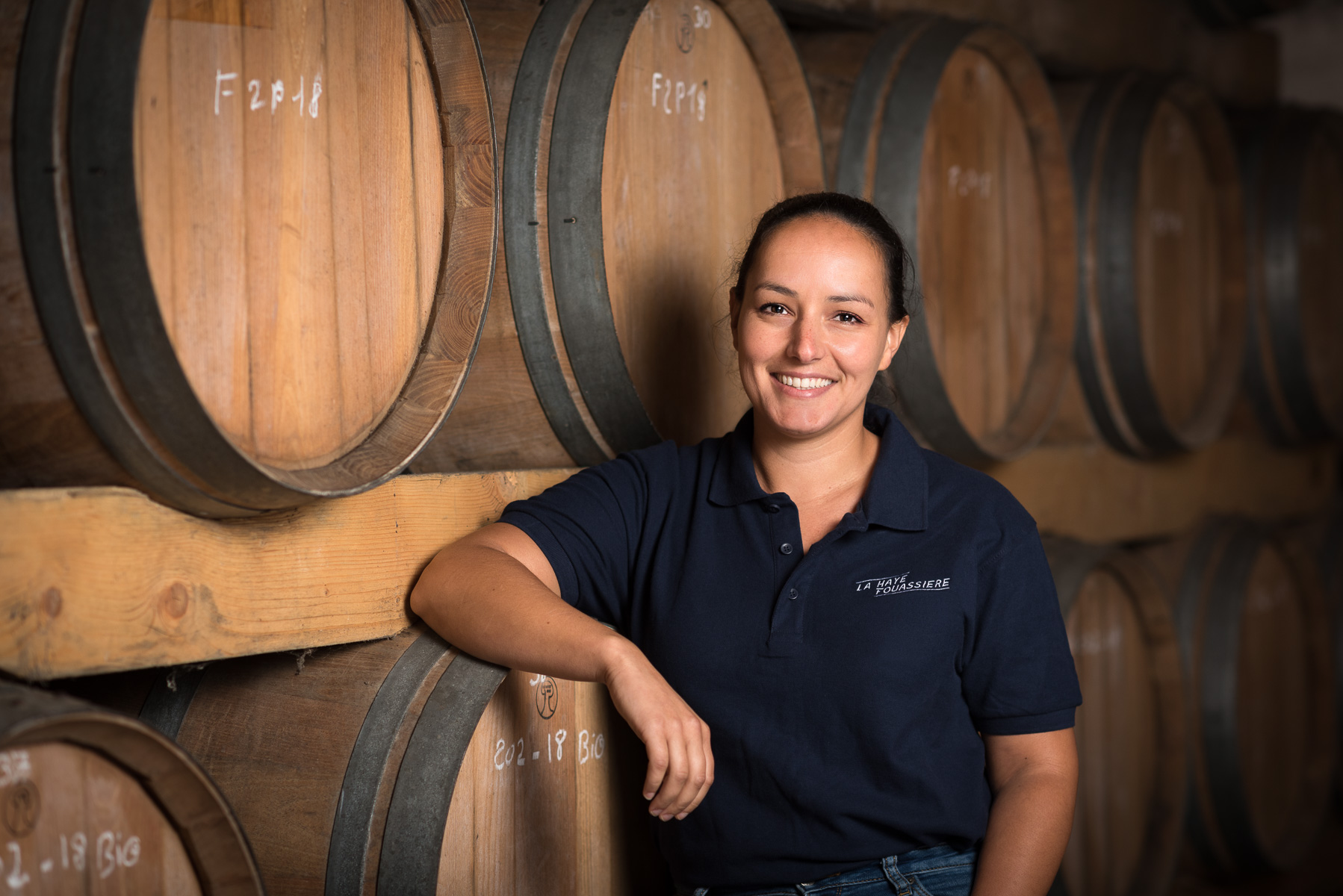
Louise et Bernard Chéreau
Chasseloir
44690 Saint-Fiacre sur Maine
: 02 40 54 81 15
: louise@chereau-carre.fr
: www.chereau-carre.fr
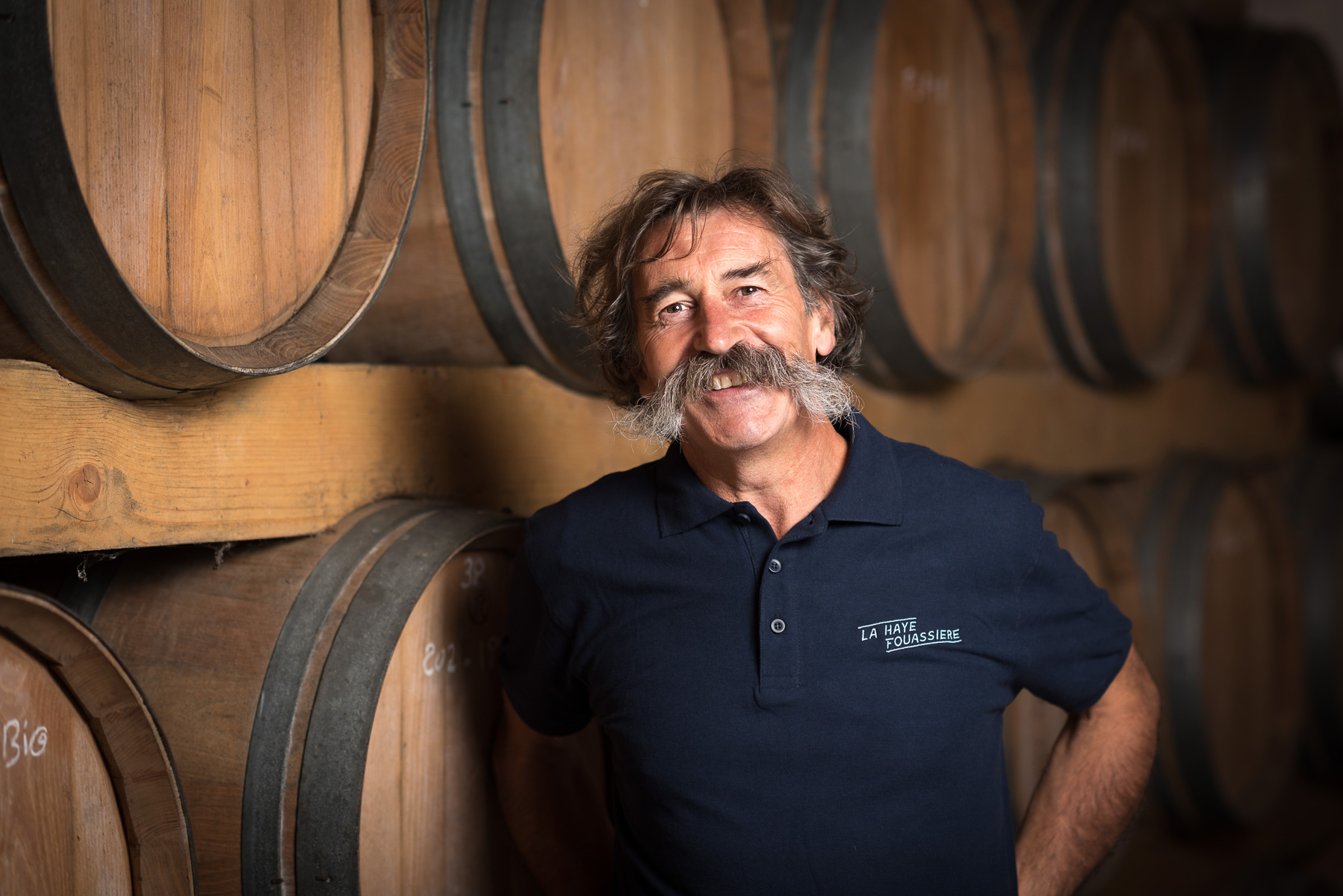
Jo Landron
Les Brandières 3 Impasse du Fief du Breil 44690 La Haye-Fouassière
: 02 40 54 83 27
: www.domaines-landron.fr
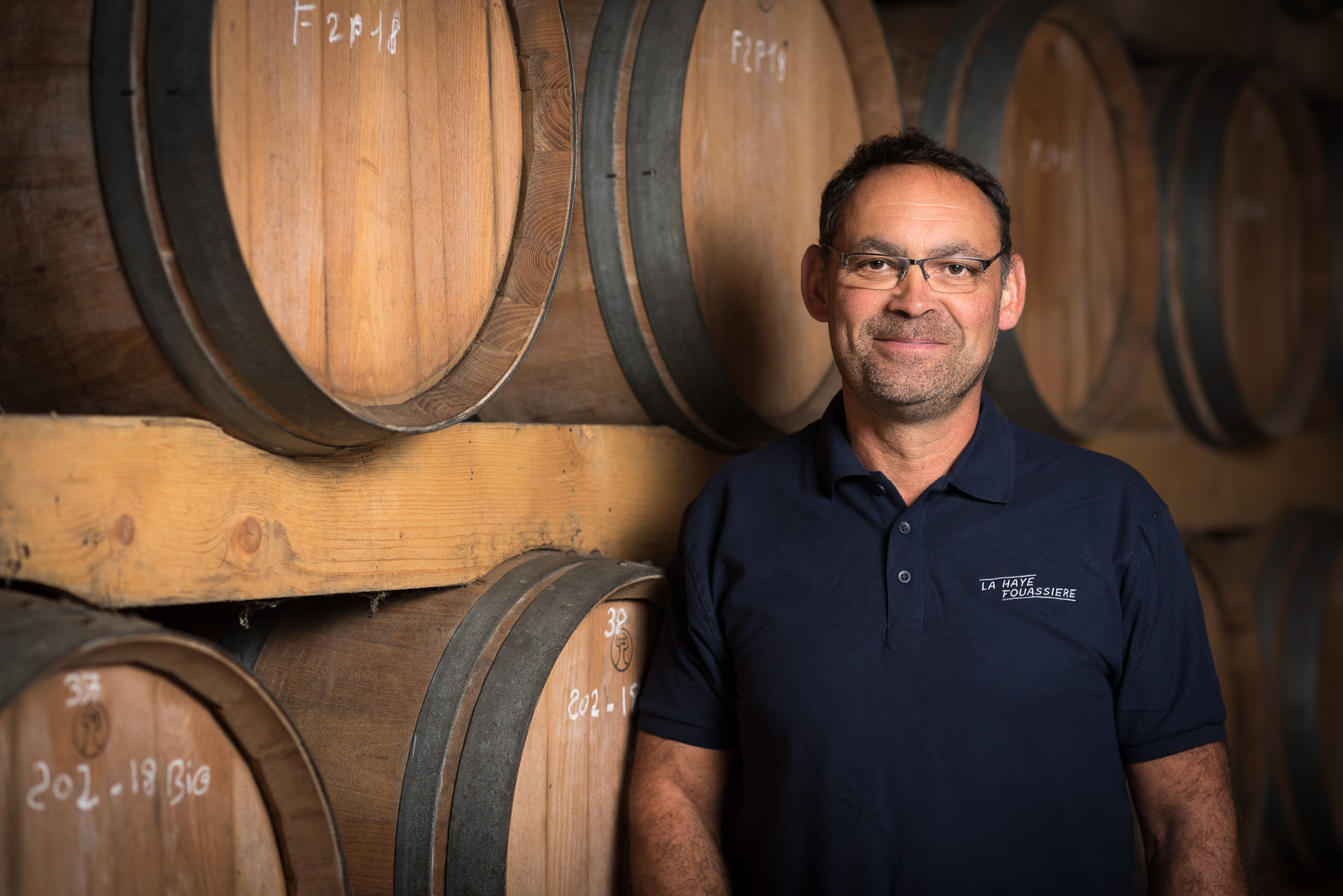
Frédéric Guilbaud – Laurent Botineau
La Bretonnerie
44690 La Haye-Fouassière
: 06 30 93 65 49
: contact@fredericguilbaud-vigneron.fr
: www.chaisdehaute-ville.com
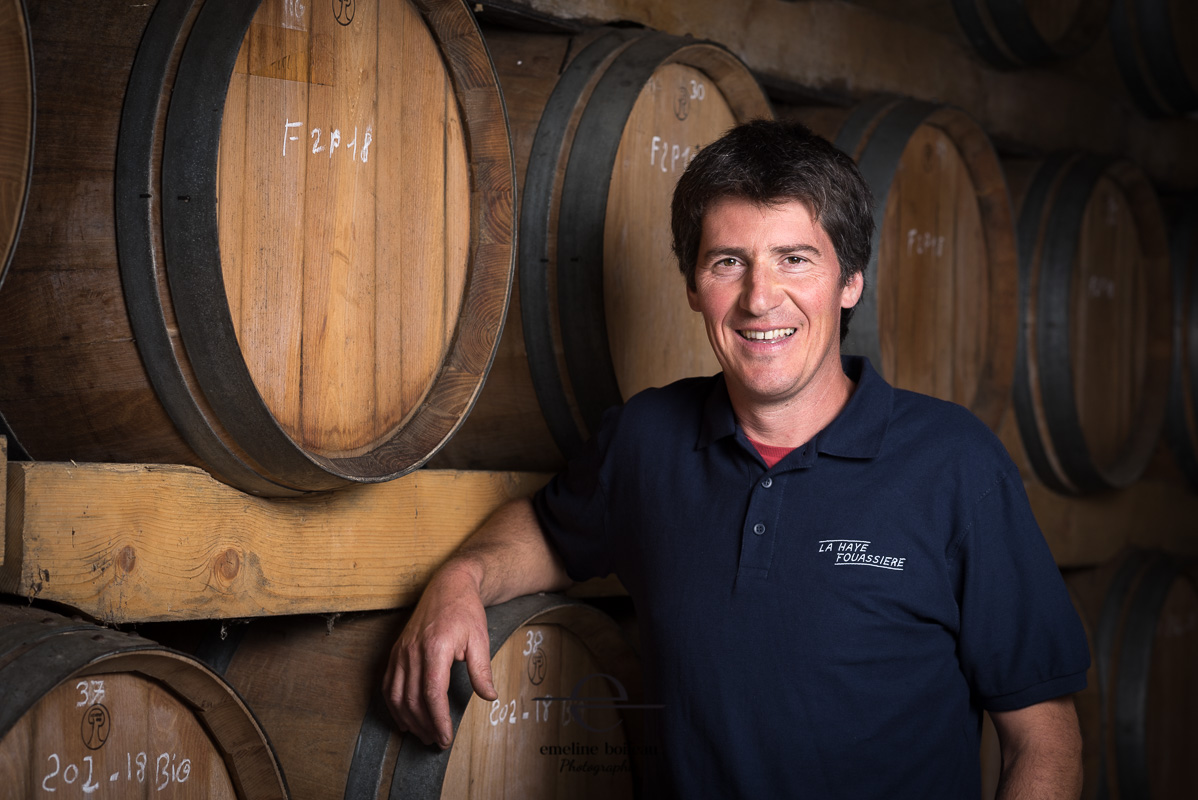
Fabien Sachot
Château de Rochefort
44690 La Haye Fouassière
: 06 76 46 19 01
: guillaume@chateauderochefort.com
: www.chateauderochefort.com
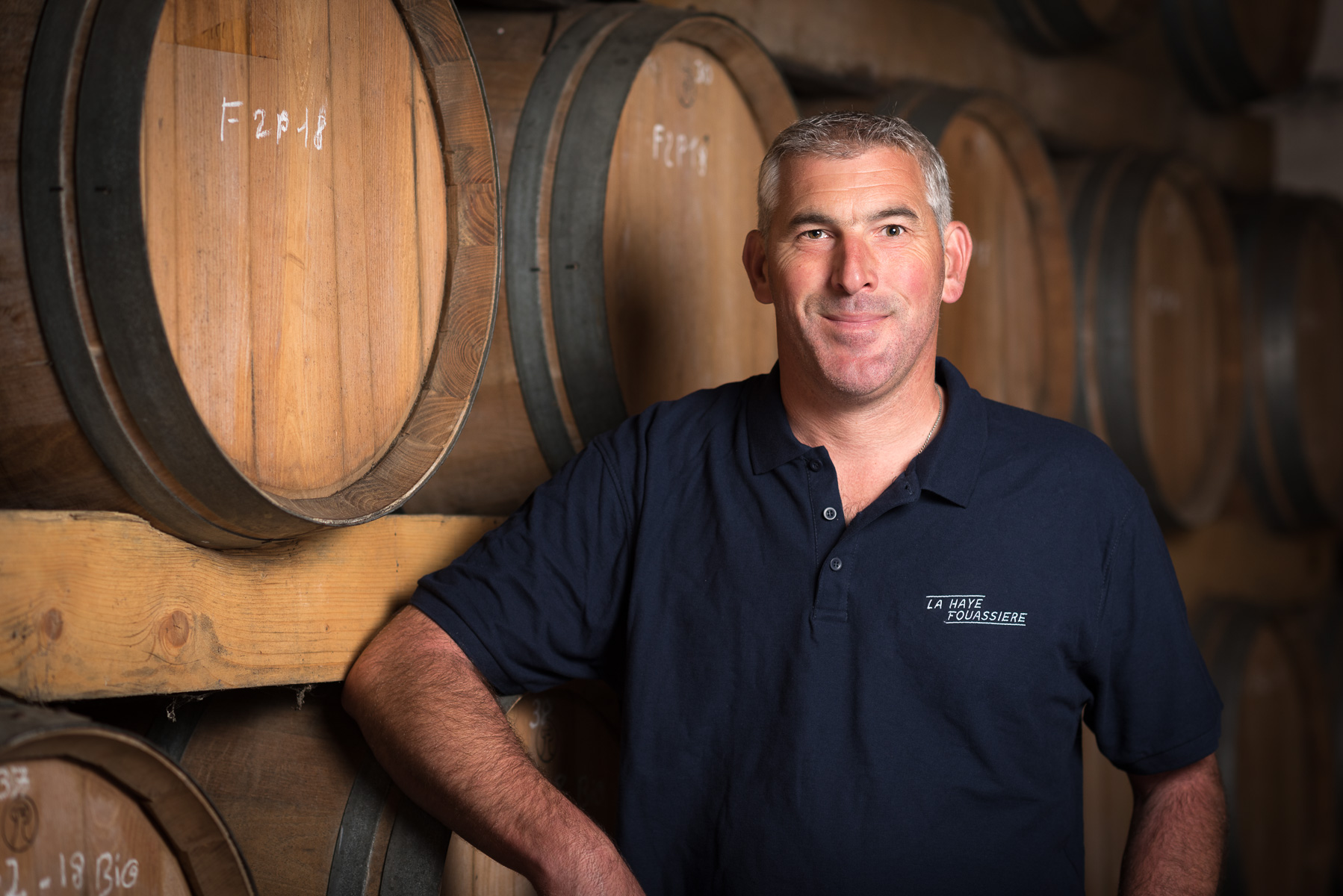
Guillaume Loiret
47 route de la Haye-Fouassière
44120 Vertou
: 06 86 59 50 80
: loiret.earl@wanadoo.fr
: www.domainedescormiers.fr
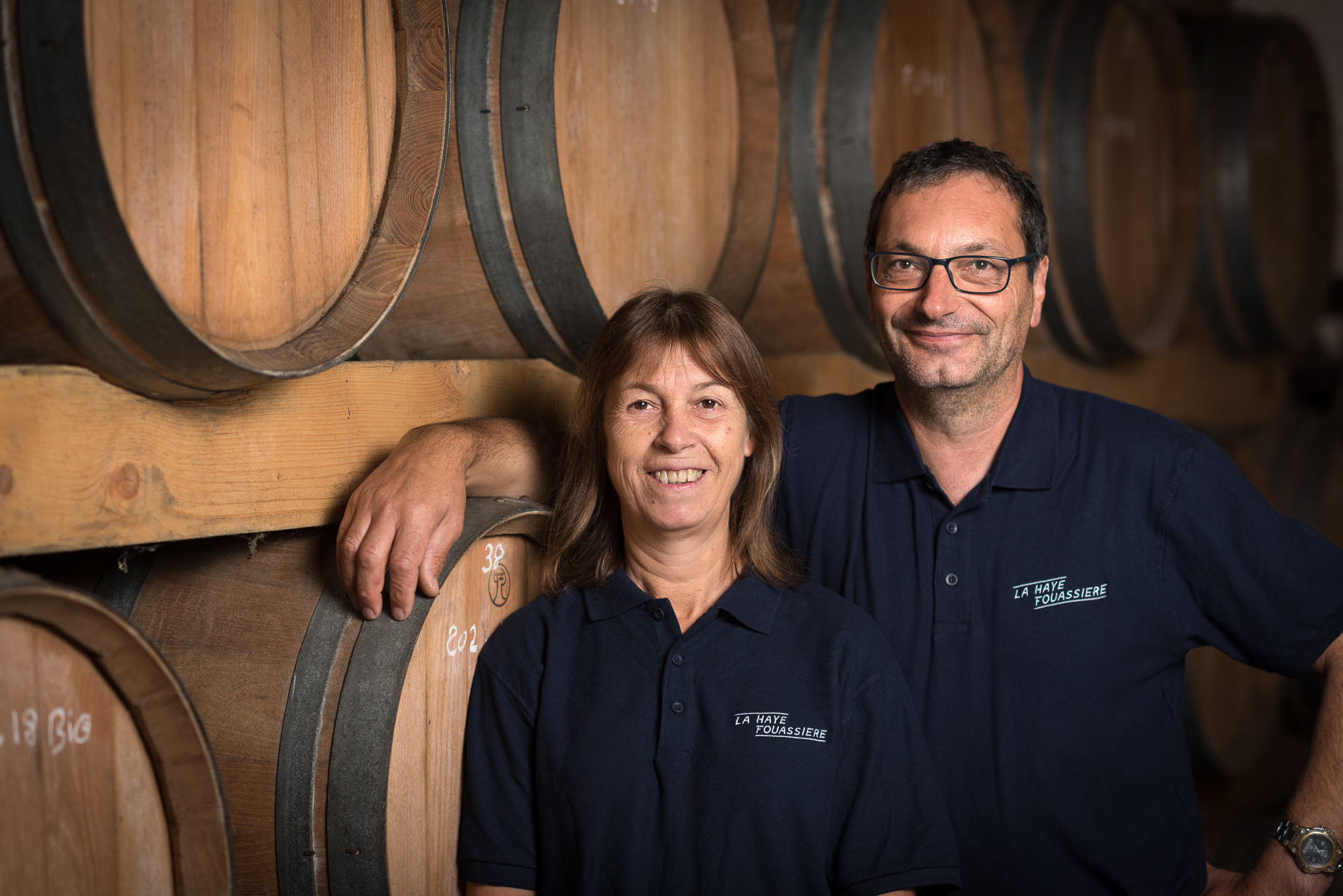
Daniel Bideau et Giraud Maribé
11 rue du Calvaire
44690 La Haye-Fouassière
: 02 40 54 83 24
: contact@bidgi.fr
: bidgi-vins-muscadet.fr/
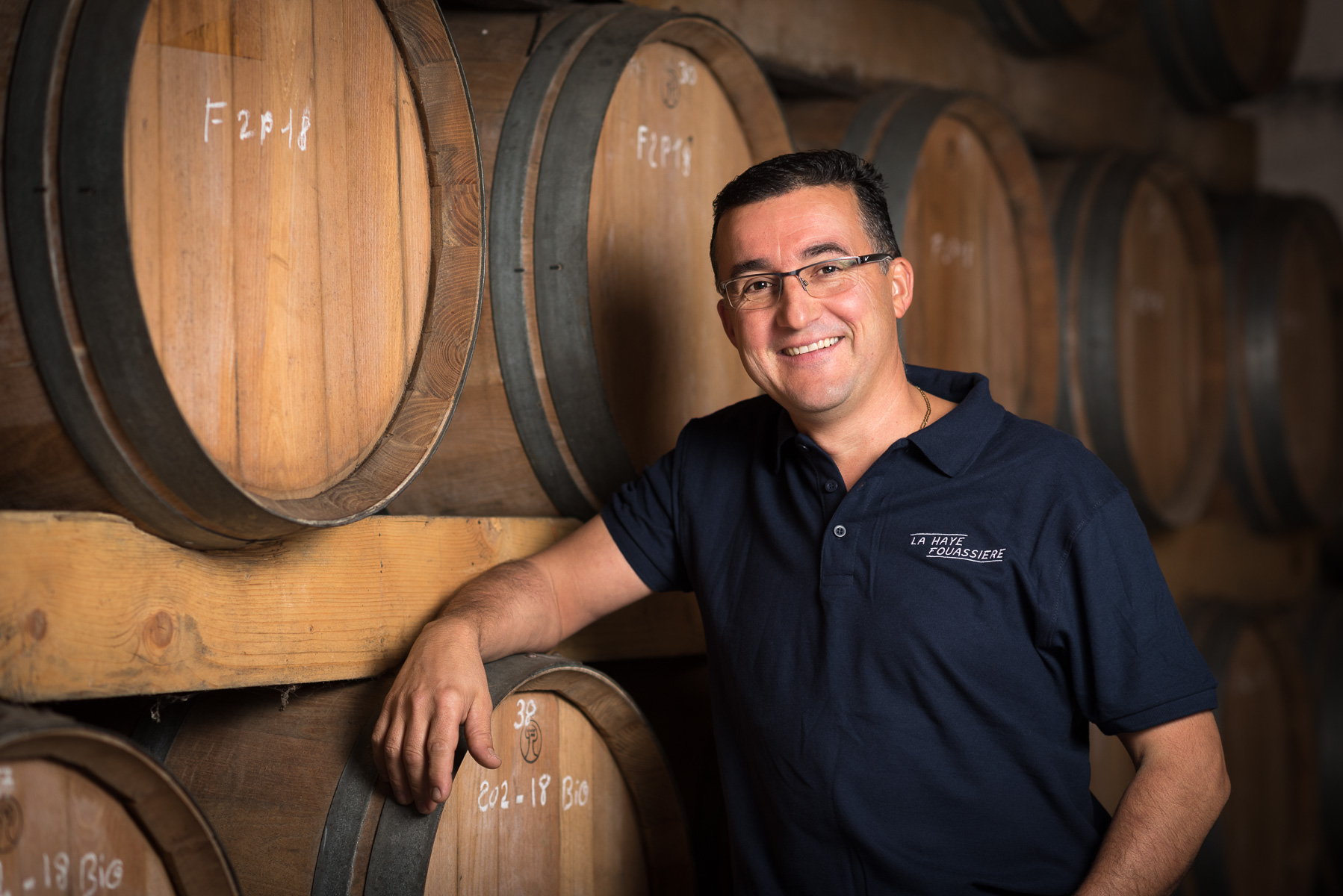
Audrain Emmanuel
13 rue de la Caillaudière
44690 La Haie-Fouassière
: 02 40 54 84 11
: audrain@domaine-belair.fr
: www.domaine-bel-air-audrain.com
